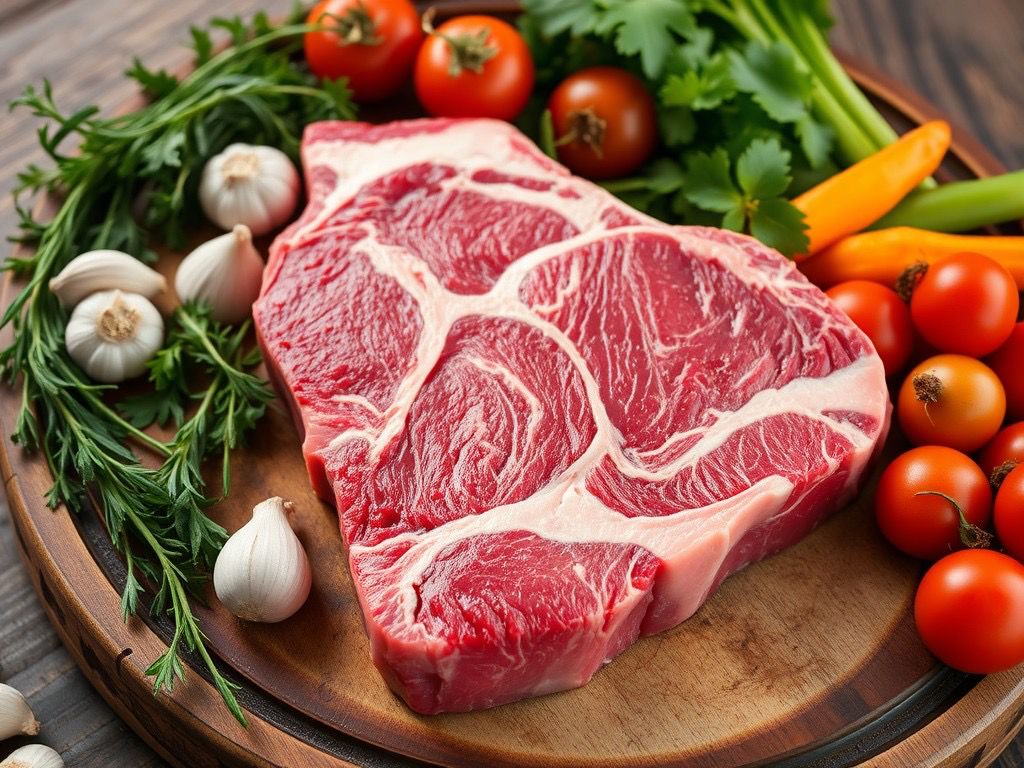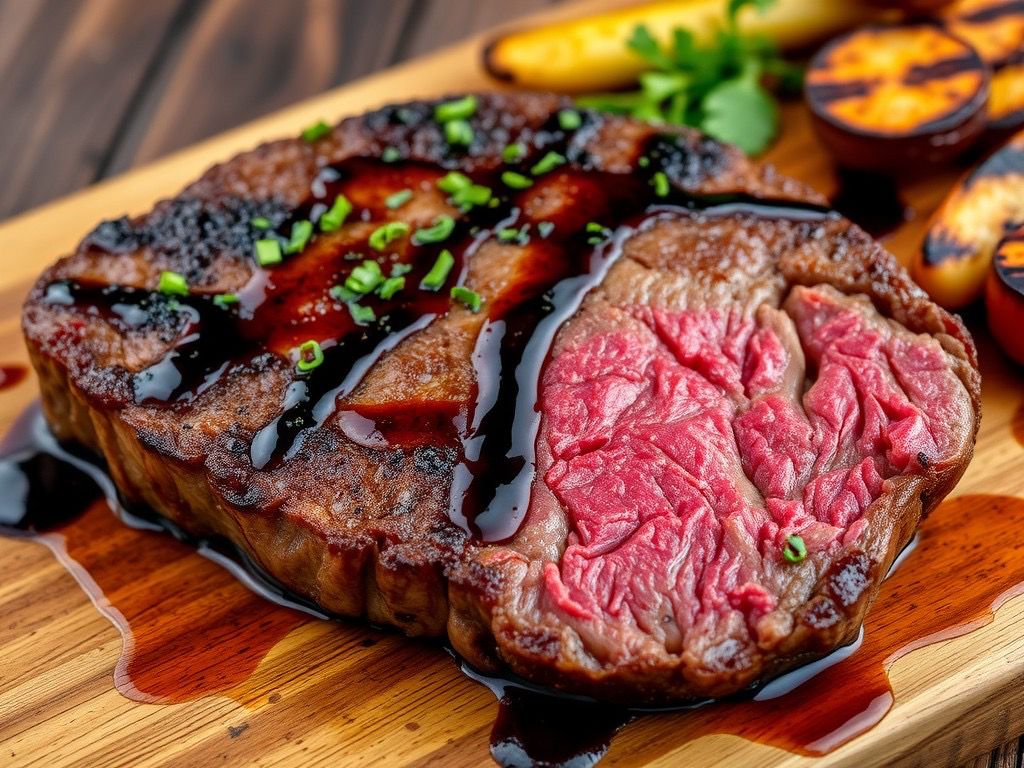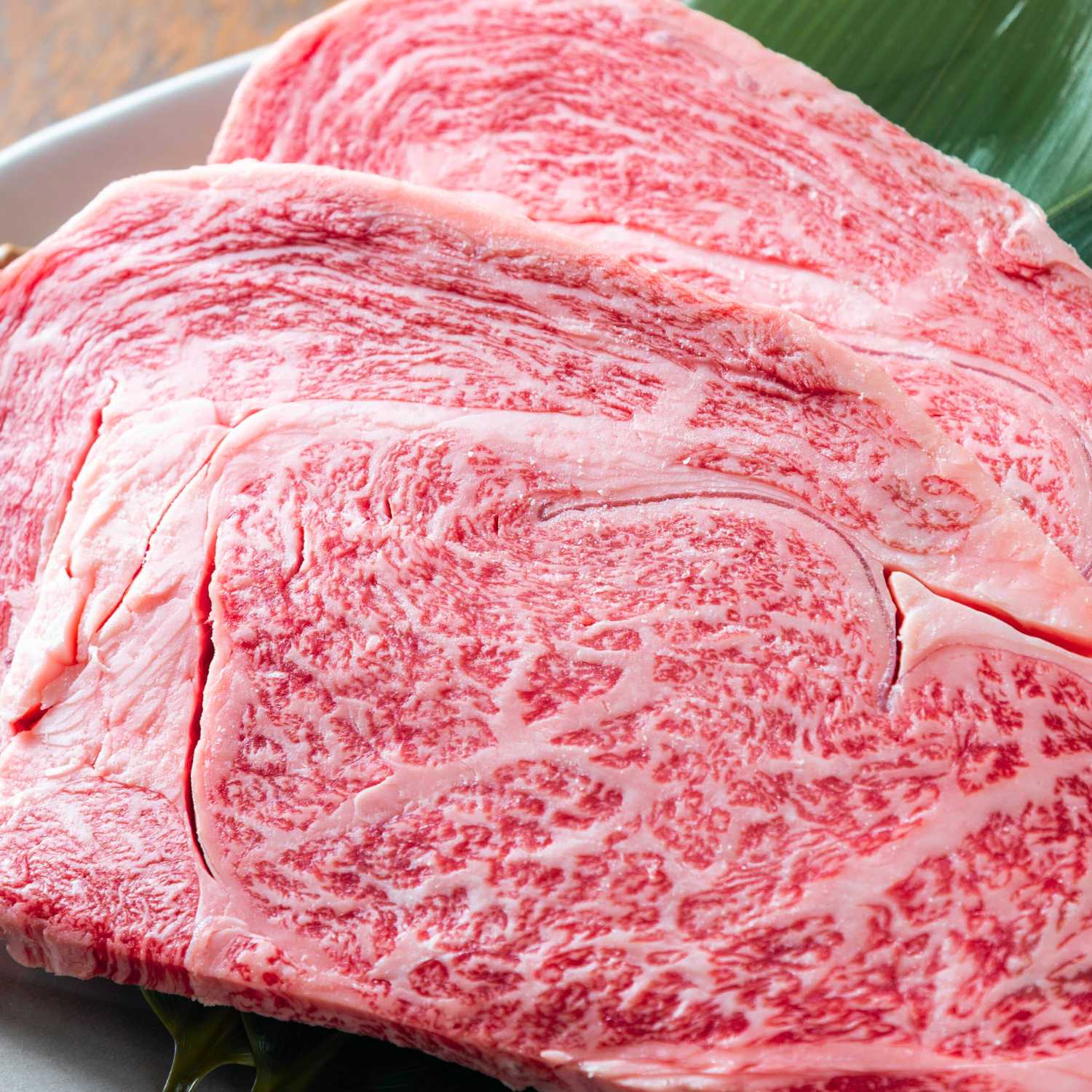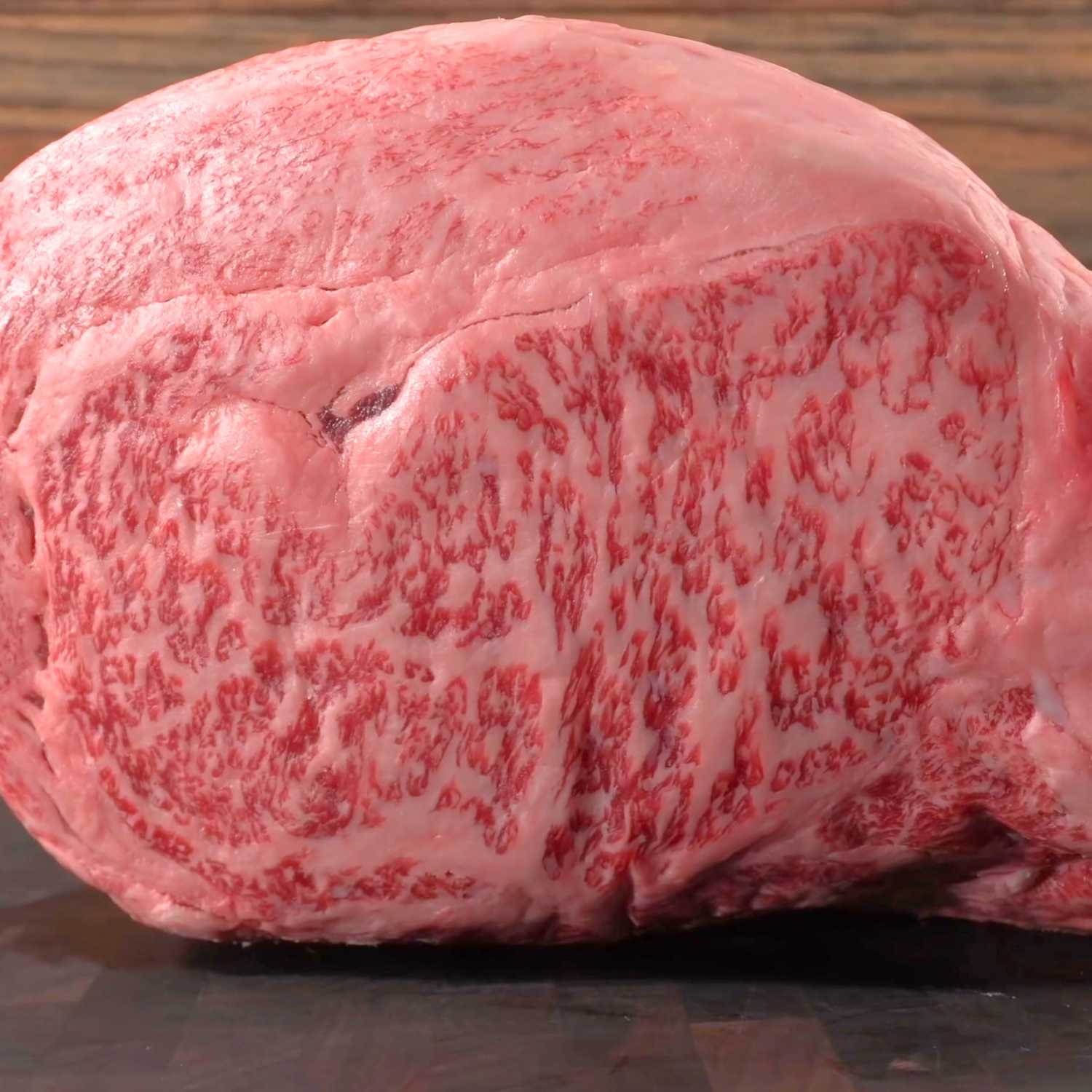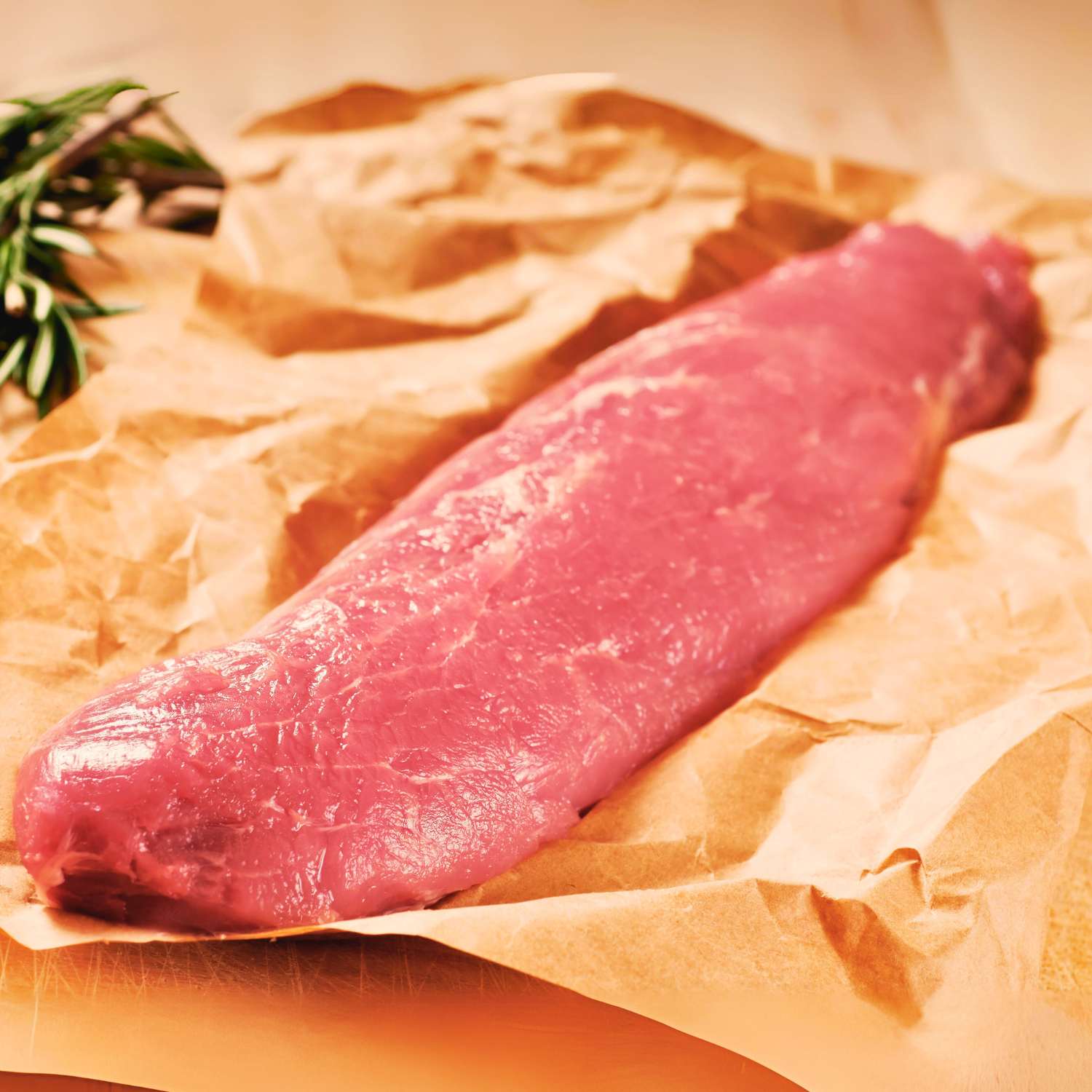The Rising Trend of Grass-Fed Ribeye Steak in the Culinary World
Understanding the Grass-Fed Movement
The grass-fed movement is gaining ground in global cuisine. It focuses on raising cattle on natural pastures. This method is different from traditional grain-fed beef production. Grass-fed cattle eat what they would naturally: grass. This affects the taste and quality of the meat. In places like Hong Kong and China, this trend is growing. People seek healthier and more sustainable food options. The grass-fed ribeye steak is becoming a top choice for many.

Health Benefits and Quality Differences
The health rewards of grass-fed ribeye steak are a big draw for many. These steaks tend to have more omega-3 fatty acids and antioxidants. They are also higher in vitamins A and E. Grass-fed beef has less total fat, which impacts quality. It has a distinct taste, often described as 'earthier' or more 'game-like'. This is due to the cows' natural diet. Eating quality is enhanced by the natural growing environment for grass-fed cattle. The texture is usually leaner, and marbling may vary. Overall, consumers in Hong Kong and China are seeing the value in these differences. Grass-fed ribeye is thus becoming a premium choice in the culinary scene.
The Appeal of Grass-Fed Ribeye to Modern Consumers
The demand for grass-fed ribeye steak is surging among modern consumers. This change in taste comes from a growing awareness of health benefits and a search for quality food. People now value clean eating and the ecological perks of grass-fed cattle. Because of this, farm-to-table eating has gained fans. Chefs have also influenced the shift. They use grass-fed ribeye in dishes to meet customer needs. This trend shows a shift towards mindful consumption in Hong Kong and China's food scene.
Market Analysis: The Grass-Fed Ribeye Steak Boom in Hong Kong and China
Assessing Consumer Demand for Grass-Fed Ribeye Steak
In Hong Kong and China, the demand for grass-fed ribeye steak is climbing. More diners seek healthier, quality meats, pushing chefs to source grass-fed options. Cities like Hong Kong, known for culinary excellence, are at the forefront of this trend. Young, health-conscious consumers in urban areas fuel this demand. They value the benefits of grass-fed beef, from its nutritional profile to environmental impact. This trend is reinforced by growing middle-class purchasing power. As incomes rise, so does the willingness to pay for premium foods like grass-fed ribeye. Surveys and sales data indicate a steady growth in appetite for grass-fed products. The challenge now is to understand this demand deeply and cater to it effectively.
Hong Kong and China's Position in the Global Grass-Fed Market
Hong Kong and China are fast becoming hotspots for grass-fed ribeye steak. They're now key players in this global market. The rise in demand has pushed them to the forefront. As the market grows, their role is more vital. They help set global standards for grass-fed beef. This includes how the cattle are raised and fed. Both regions show a strong commitment to quality. They aim for high standards in taste and health benefits. This commitment boosts their global market share. It also leads to more investments in the grass-fed beef sector.
Key Players and Brands in the Grass-Fed Ribeye Steak Arena
The grass-fed ribeye market has several key players. In Hong Kong, brands like The Meat Club and Pacific Gourmet stand out. They source quality beef from reputable farms. In China, companies such as Lanting Pasture specialize in organic, grass-fed meats. These brands are known for their strict quality controls and ethical farming practices. They cater to a growing number of health-conscious consumers. Both regions are seeing more small-scale farmers join the market too. These new entrants bring innovation and a personal touch to their products.
The Future of Grass-Fed Ribeye Steak in Hong Kong and China's Culinary Landscape
Innovations and Sustainability Efforts in Grass-Fed Ribeye Production
In Hong Kong and China, farmers are embracing new methods for raising cattle. They focus on sustainability and animal welfare. Innovations include rotational grazing and using tech to track health. These steps ensure the beef is high-quality and eco-friendly. Grass-fed ribeye's future looks bright as these practices gain ground.
Challenges and Opportunities for the Grass-Fed Ribeye Steak Industry
The grass-fed ribeye industry faces unique struggles and chances. One challenge is cost. Grass-fed beef often costs more than grain-fed types. It can be hard for shoppers to pay extra. Another issue is supply. Getting enough grass-fed beef to meet demand can be tough. But there are good things too. People want healthier food now. This trend can make sales of grass-fed ribeye go up. There's also a push for food that's good for the planet. Grass-fed beef can be part of this. It's made in a way that helps the earth. This can draw in buyers who care about the environment. All these points will shape the grass-fed ribeye market in Hong Kong and China.
Predictions on Consumer Trends and Market Growth
The future of grass-fed ribeye steak in Hong Kong and China seems bright. Experts predict growth as consumers become more health-conscious. Taste and quality drive this trend too. Many people in Hong Kong and China are starting to prefer grass-fed options. They see it as a choice for wellness and better flavor. Farmers and producers are also improving their methods. This means better steaks for everyone. As markets grow, we may see more grass-fed ribeye in restaurants and stores. Thus, the grass-fed ribeye industry is set to rise in the coming years.









